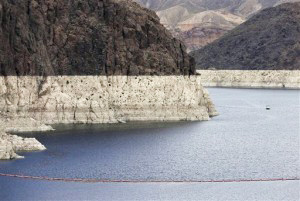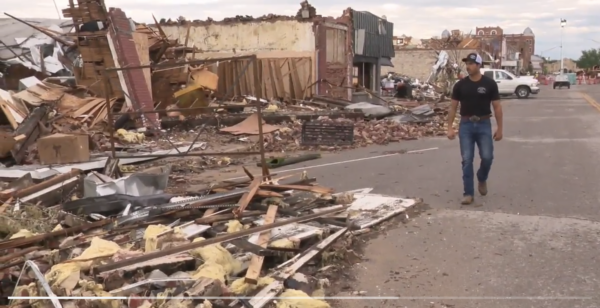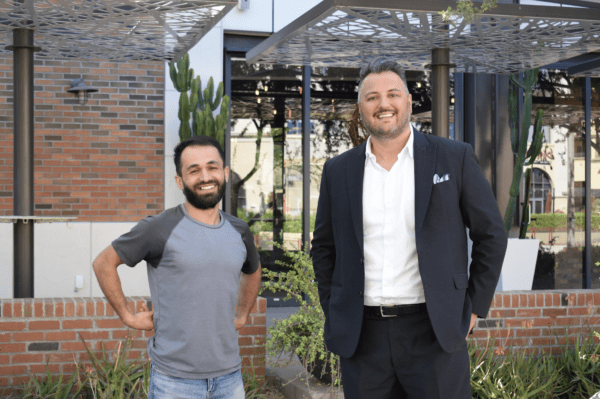
By Tom Kenworthy | Climate Progress
This week, to see how climate change will pull a nasty water surprise on the desert Southwest, you only need to look at one river.
Lake Powell is the giant reservoir on the Utah-Arizona border that backs up behind Glen Canyon Dam and is the linchpin for managing the Colorado River. The Colorado basically makes modern life possible in seven western states by providing water for some 40 million people and irrigating 4 million acres of crops. It is also depended upon by 22 native American tribes, 7 national wildlife refuges and 11 national parks.
As soon as Monday, the federal government’s Bureau of Reclamation will announce the results of some very serious number crunching and model running focused on falling water levels in Lake Powell.
It is widely expected that the bureau will announce that there is a serious water shortage and that for the first time in the 50-year-history of the dam, the amount of water that will be released from the reservoir will be cut. Not just cut, but cut by 750,000 acre-feet — an acre foot being enough water to cover an acre one foot deep. That’s more than 9 percent below the 8.23 million acre feet that is supposed to be delivered downstream to Lake Mead for use in the states of California, Nevada and Arizona and the country of Mexico under the 81-year old Colorado River Compact and later agreements.











